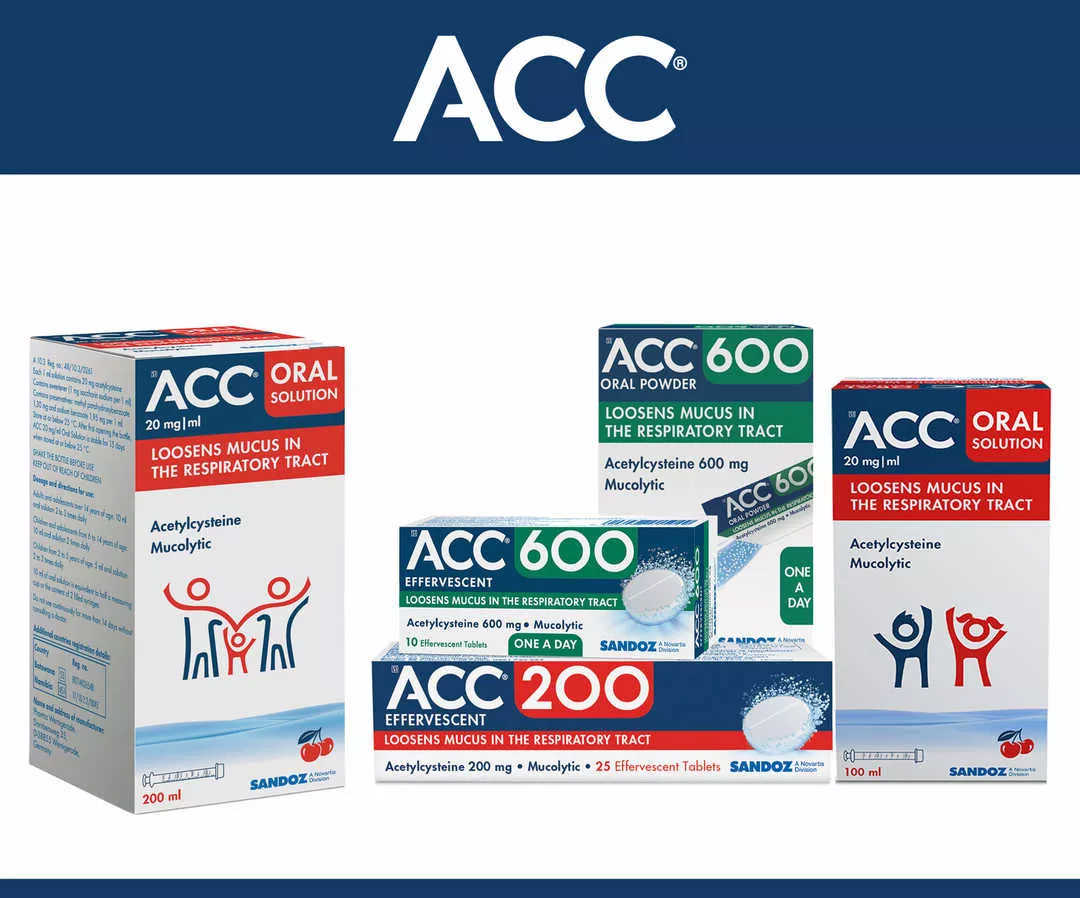SINUS CONGESTION, SINUS INFECTION AND SINUSITISWhat do we mean when we talk about sinus congestion, sinus infections and sinusitis? Here are some basic definitions to help you out:
Sinus congestion: A blocked or clogged feeling in your nose or sinuses, caused by inflammation or swelling (which can lead to extra fluid or mucus build-up).1,2
Conditions like colds and flu can cause mucus congestion.2 Find out more about these common conditions and their symptoms. |
|
Sinus infection: An infection is when foreign micro-organisms, like bacteria or viruses, invade part of your body (in this case, the sinuses) and cause harm.3,4
Sinusitis: Inflammation in your sinuses, which can develop when they become swollen and filled up with excess fluid (mucus) instead of air, causing them to feel blocked (congested).4 This may be caused by a viral or bacterial sinus infection.4,5 |
Common symptoms of a sinus infection
These are some of the most common sinusitis symptoms:4-6
- Snotty (congested) nose caused by inflammation and fluid build-up
- Headache
- Pressure or pain in your face (around the nose, eyes and forehead)
- Thick discharge from your nose
- Earache and/or tooth pain
- Bad breath.
(Note that you may not have all of these symptoms at once.)4-6
Find out more about the different types of sinus infections.
Treating sinus congestion helps to prevent infectionClearing out the excess mucus from your sinuses can prevent a more serious infection from developing there.7 Certain medications can help to clear out the sinuses and relieve congestion.8,9 For example, common |

ACC® relieves mucus congestion in the airways1-3

| References |
|---|
|
| Sidebar References |
|---|
|
[S1] ACC® 20 mg/ml Oral Solution. Reg. No.: 48/10.3/0261. Composition: Each 1 ml of ACC 20 mg/ml ORAL SOLUTION contains 20 mg acetylcysteine. ATC Code: R05C B01.
[S1] ACC® 200 (effervescent tablets). Reg. No.: 29/10.2.2/0753. Composition: Each ACC 200 effervescent tablet contains: 200 mg acetylcysteine. Pharmacological Classification: A10.3 Medicines acting on the respiratory system – other.
[S1] ACC® 600 (effervescent tablets). Reg. No.: 45/10.3/0229. Composition: Each effervescent tablet contains 600 mg acetylcysteine. [S1] ACC® 600 ORAL POWDER. Reg. No.: 51/10.3/0816. Composition: Each sachet contains 600 mg of acetylcysteine. ATC Code: R05CB01.
For full prescribing information refer to the Sandoz Professional Information approved by the South African Health Products Regulatory Authority (SAHPRA).
Contact Us
Sandoz SA (Pty) Ltd, Reg. No. 1990/001979/07,
Magwa Crescent West,
Waterfall City,
Jukskei View,
Midrand,
2090.
Tel: +27 (11) 347 6600.
SANCAL Customer Call Centre: 0861 726 225.
Reporting of AEs:
https://pvi1j.solutions.iqvia.com or [email protected]